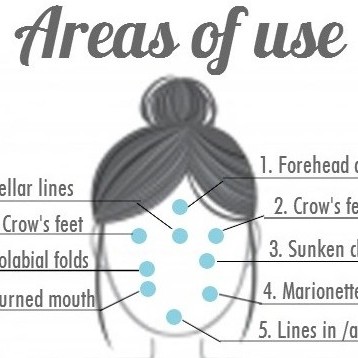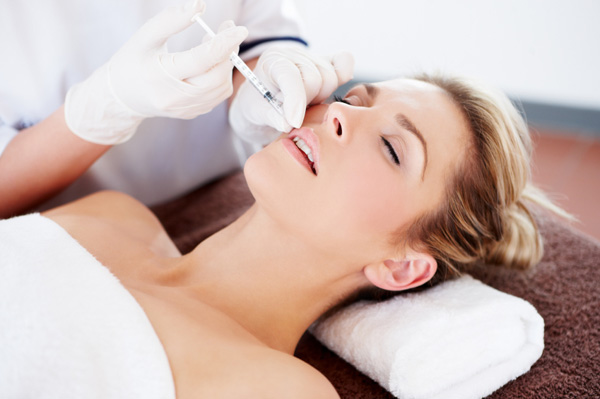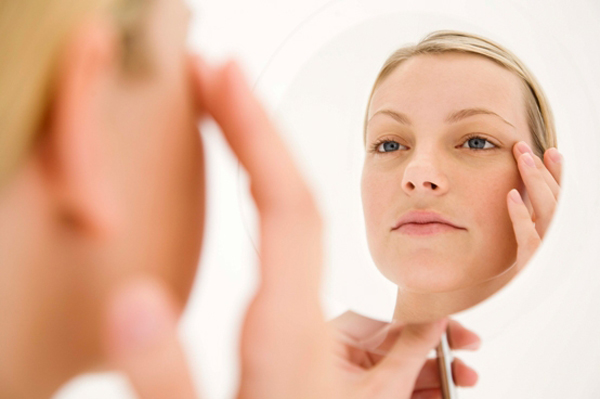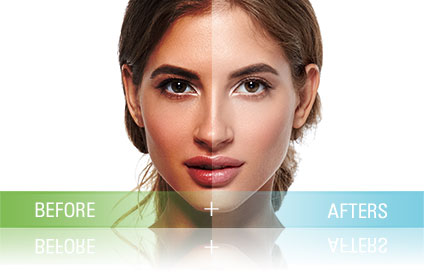
Spider veins most commonly occur on legs or on the face, but are also found around the ankles and other parts of the body. They can rarely be painful. The most common complaints are aching and cramping sensations. However, tingling, burning and throbbing feelings are also reported. When these symptoms exist, you need to talk to your regular doctor and investigate for deeper vein disease.
More commonly, spider veins are just a cosmetic nuisance. There are preventive measures that can be applied and in combination with treatment options to rid yourself of these unsightly veins.
Many factors can potentially increase a person’s chances of developing spider or varicose veins. These include:
- Age. As we get older, the valves in your veins may weaken and not work as well to keep blood moving upwards against gravity.
- Medical history. Having family members with vein problems also increases your risk.
- Hormonal changes. These occur during puberty, pregnancy, and menopause.
- Pregnancy. During pregnancy, there is a huge increase in the amount of blood in the body. This can cause veins to enlarge.
- Obesity. Being overweight or obese can put extra pressure on your veins.
- Lack of movement. Sitting or standing for a long time may force your veins to work harder to pump blood to your heart.
- Sun exposure. This can cause spider veins on the cheeks or nose of a fair-skinned person.
There are some steps you can take to reduce your chances of getting new spider or varicose veins. These same things can help ease discomfort from the ones you already have:
- Wear sunscreen to protect your skin from the sun and to limit spider veins on the face.
- Exercise regularly to improve your leg strength, circulation, and vein strength.
- Control your weight to avoid placing too much pressure on your legs.
- Don’t cross your legs for long times when sitting.
- Elevate your legs when resting as much as possible.
- Eat a low-salt diet rich in high-fiber foods. Eating less salt can help with the swelling that comes with varicose veins.
Treatment Options for Spider Veins

Another excellent option Sclerotherapy. With this procedure a solution (most commonly Glycerin or Asclera) is injected into the problematic vein, causing irritation in the vein which makes it swell, stick together and causes the blood to clot. Over time, usually a matter of 3 to 6 weeks, the blood vessel becomes scar tissue and fades away. This may take several treatments, but is fairly simple, inexpensive and an out-patient procedure.
Because compliance with support stockings is important for one week after sclerotherapy, these cooler months of February-April is an ideal time to get your legs summer ready!
Obviously, surgery is the most invasive treatment and is usually left as a last resort for the larger deeper varicose veins.
Whether you have developed spider veins through a life change like pregnancy, through heredity, or by any other cause, there are solutions available. Talking to a qualified doctor is the best way to pinpoint the ideal solution for your needs.
For more information on spider vein treatment, take a look at our Pre and Post Sclerotherapy Instructions. You can request a consult online or call us today at 310-939-9800









